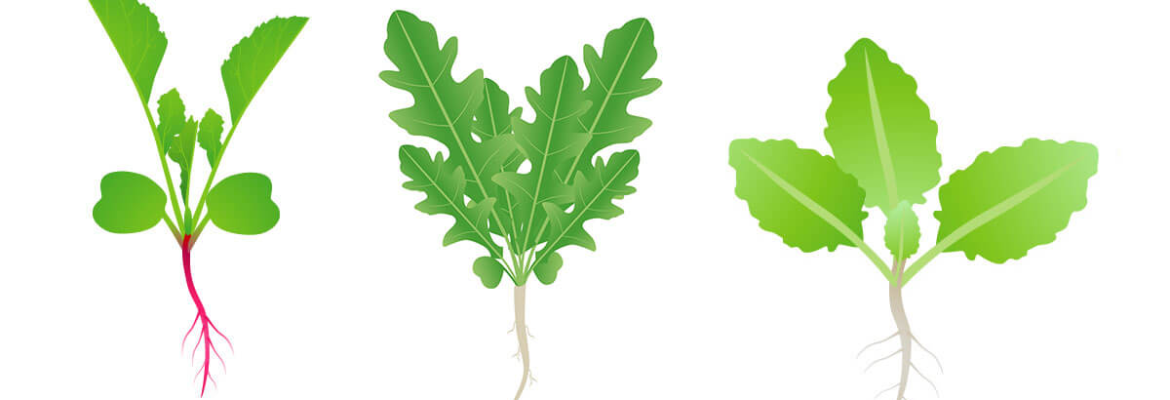
Essentially, the aim is to capture nitrogen and make it available to crops. Farmers generally plant one of the three families presented in this article, alone or mixed. Other species can also be sown. Presentations and agronomic interests.
Nitrate-fixing intermediate crops from the grass family
Grasses (or poaceae) come from the same family as wheat and barley. They are monocotyledons with ears. They can be recognised using an identification key which characterises the stem and flowers by describing the ears, the spikelets, the glumes, and the beards, etc. At the vegetative stage, the leaves and sheaths are identified.
As a nitrate-fixing intermediate crop, the fascicular root system of grasses is an advantage. It improves the structure of the soil deep down and prevents erosion. It is often necessary to use a herbicide to destroy it though.
Species to use as intermediate crops may include: oats, ryegrass, rye, forage sorghum, bromegrass, fescue, timothy, millet, and moha bluegrass.
Crucifers as intermediate crops, if the crop rotation suits
Crucifers or brassicas belong to the cabbage family, or, more commonly in agriculture, to the rapeseed family. They are annual, biennial, or perennial dicots with flowers. Their fruits are called siliques. The leaves are individual and alternate on the stem or in a rosette, with no stipules. Inflorescences are in panicles or corymbs. They are small, colourful, and clustered. They fix more of the soil’s nitrogen than the other two main families, and generally cover the ground very well. Be careful of rotations with other crucifers, though, as there is a higher risk of disease and/or negative allelopathy.
Nitrate-fixing intermediate brassicas: camelina, forage cabbage, rapeseed, mustard, radish, turnips, watercress, rocket.

Legumes for nitrogen mineralisation, often in a cover-crop mix
Legumes (or Fabaceae) have a great nitrogen-absorbing capacity, both from the soil and the atmosphere. In addition, they put organic nitrogen back into the soil for the next crop, through the mineralisation process after destruction (green manure). To get the most from nitrogen-fixing legumes, the crop needs to be well developed, which means planting early. Legumes are slow-growing crops so they should also be destroyed as late as possible. That’s why they are recommended for long intercropping.
Nitrate-fixing intermediate legumes include field beans, fenugreek, lentils, birdsfoot trefoil, lupins, alfalfa, hop clover, sweet clover, peas, sainfoin, serradelle, soybeans, clover, vetch, etc.

Other families used as nitrate-fixing intermediate crops
There are other species, that do not belong to the above families, commonly used as nitrate-fixing intermediate crops. These include borage, phacelia, buckwheat, flax, niger, and sunflower. The advantage of using these species is to diversify crop families in order to control weeds and disease better, for instance.

